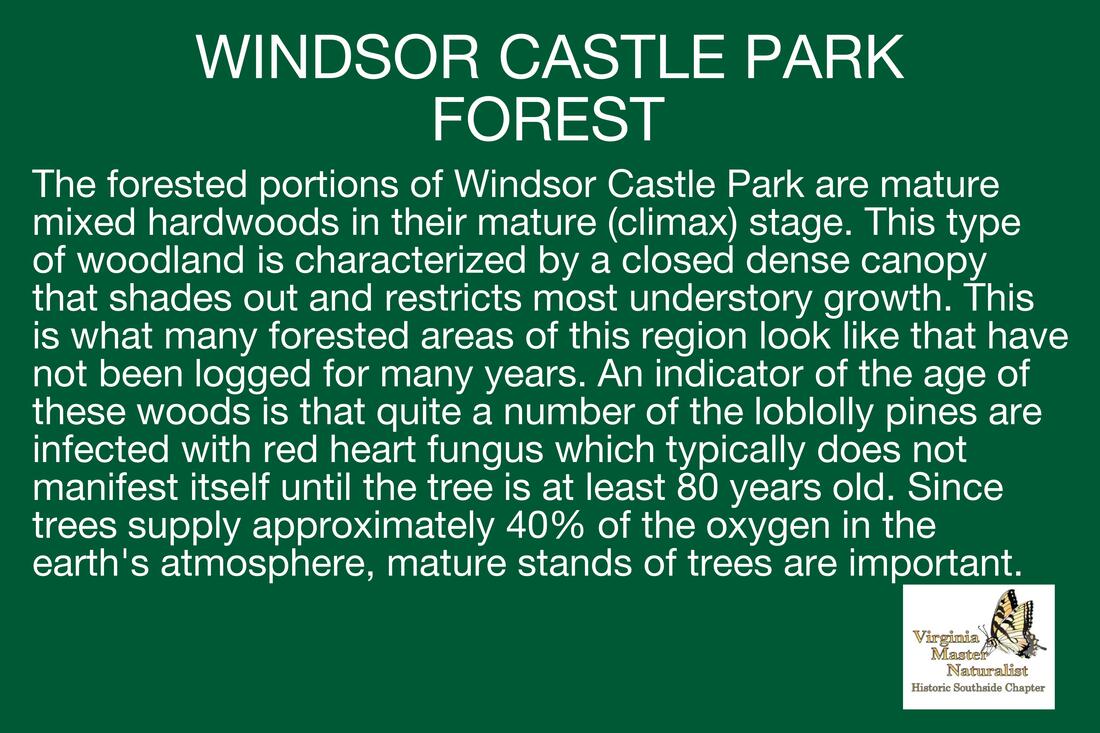Introduction
One of the most refreshing areas at Windsor Castle Park is the forest. The air smells fresh, and the presence of the tall trees takes us to a pleasant world. It might be easy to forget that the trees that make up the forest are living creatures who are engaged in a struggle to secure the resources that make life possible for them. At the same time, they provide the foundation for a unique ecosystem comprised of many individuals that are geared to live on, under, and on top of them. This is a very dynamic place. As you walk through the park consider these facts and questions to help you appreciate what is going on at the WCP forest.
Some facts to consider
One of the most refreshing areas at Windsor Castle Park is the forest. The air smells fresh, and the presence of the tall trees takes us to a pleasant world. It might be easy to forget that the trees that make up the forest are living creatures who are engaged in a struggle to secure the resources that make life possible for them. At the same time, they provide the foundation for a unique ecosystem comprised of many individuals that are geared to live on, under, and on top of them. This is a very dynamic place. As you walk through the park consider these facts and questions to help you appreciate what is going on at the WCP forest.
Some facts to consider
- Hardwood trees have denser wood generally than softwood trees. Hardwoods typically have leaves and softwoods have needles. Hardwood tree types at WCP include oak, hickory, beech, maple, and black walnut trees. Common softwood trees seen in the park are pine, cedar, and bald cypress.
- Coniferous tree leaves are either needle or scale shaped. Coniferous trees in WCP stay green year-round. Loblolly and Virginia pines have needle shaped leaves. Eastern red cedars have scale shaped leaves.
- Red heart fungus is a disease that infests many mature pine trees including some in WCP. It is evidenced by small hoof shaped growths called conks along the bark. Since the heartwood is attacked, this disease can weaken the tree. The Red Cockaded Woodpecker is attracted to diseased trees, since it is easier for them to create a nest cavity in infected trees.








